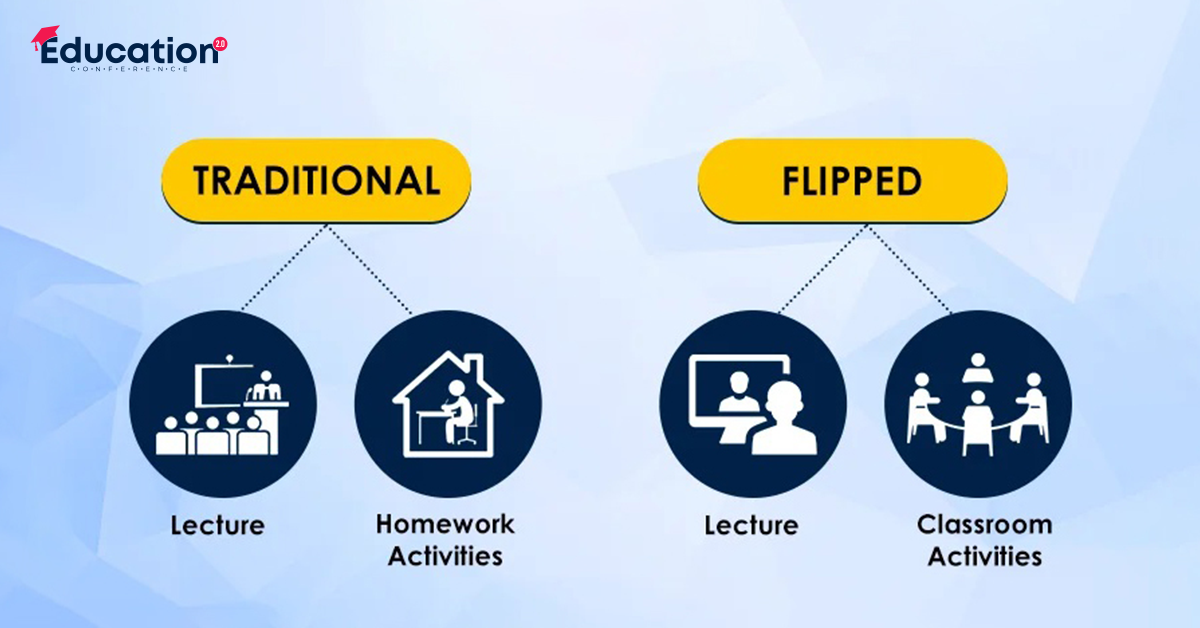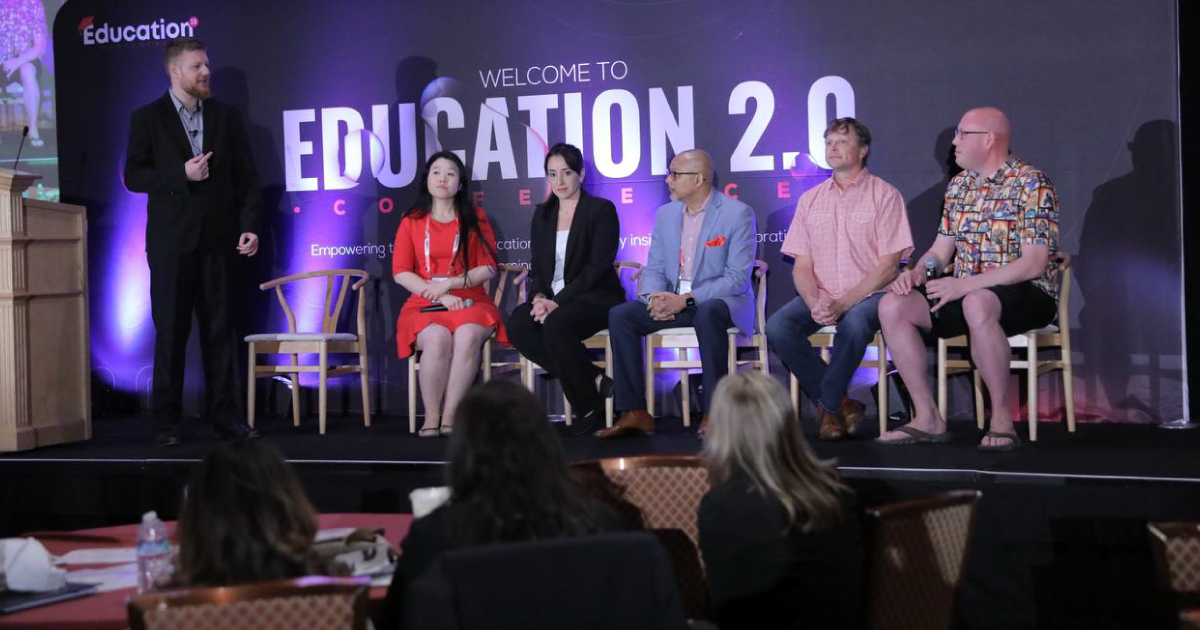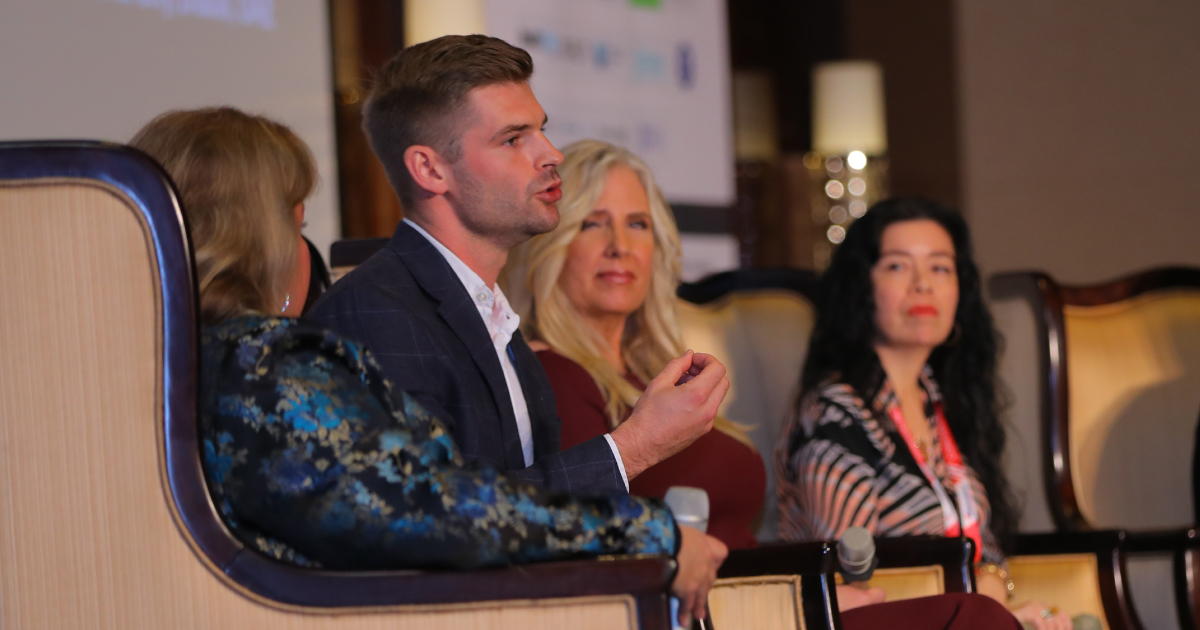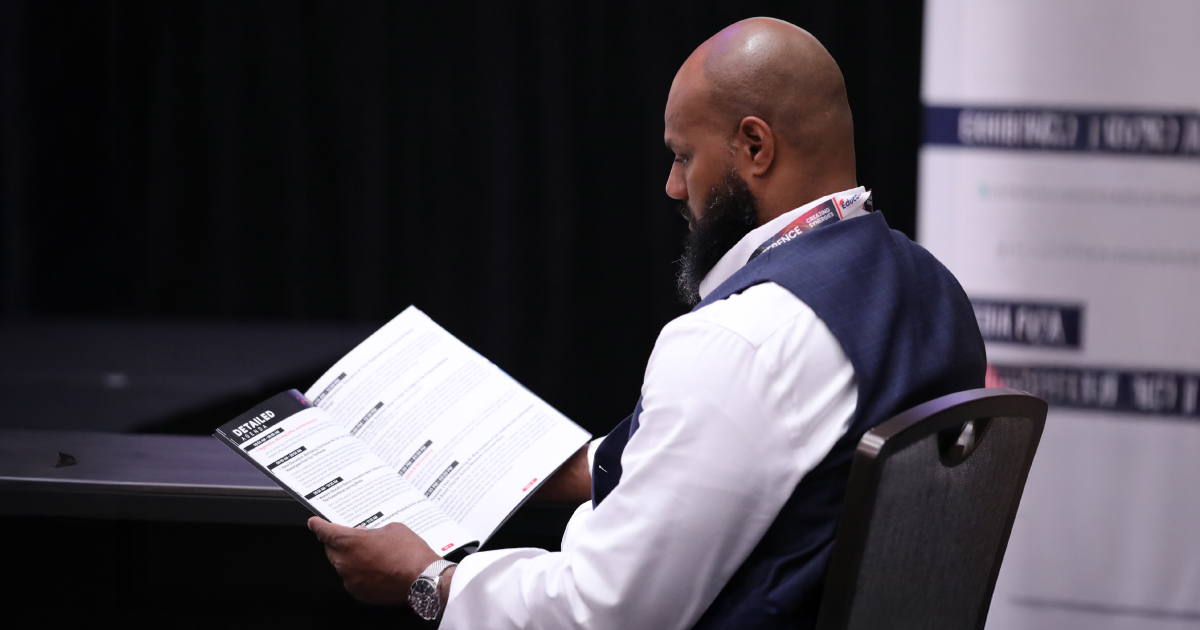In the last few months, radical learning and teaching models have received a lot of attention, primarily because of the overwhelming changes brought on by the pandemic. As educators search for new tactics and approaches to drive student engagement through different mediums, the flipped classroom model is slowly but surely catching on in the wider education community.
Here, it is essential to note that the flipped classroom model is not a new phenomenon and was widely implemented in the USSR, beginning in the 80s. However, there are also records of similar pedagogical approaches being used in ancient Greece. Chemistry teachers Jonathan Bergmann and Aaron Sams have often been named the updated model's originators in recent years. It blends strategy, technology, and creativity to make teaching more accessible and effective.
What Is A Flipped Classroom?
Simply put, a flipped classroom can be considered a blended learning approach that involves introducing concepts and reading materials to students when they are home. On the other hand, they use their time in the classroom to apply the concepts they have learned, complete interactive projects or engage in discussions and debates regarding the study material.
In a typical flipped classroom, the traditional pedagogical approach of attending lectures at school and doing assignments, generally regarded as ‘homework’ at home, is reversed. As students get the opportunity to experience passive lecture materials (mainly in the form of videos) in the comfort of their own homes, they can learn at their own pace and revisit themes that they had difficulty understanding.
Pros Of Flipped Classrooms
As talked about and reviewed at various global education leadership conferences, here are some of the important advantages of embracing this model:
-
Teachers can tailor learning experiences in the classroom as per the needs of each student.
-
The classroom becomes more lively, engaging, and interactive.
-
Students have access to learning materials at all times, even if they miss a day of school.
-
Leads to quality interactions between students and teachers.
-
Promotes collaboration, encourages critical thinking and curiosity.
-
Students have a more prominent role to play in the learning process; it also helps develop self-learning skills.
Cons Of Flipped Classrooms
-
Students with fewer digital resources and skills may not be able to access learning resources.
-
Demands trust between students and teachers; adds more responsibilities on a student’s shoulders; may not be effective in smaller grade levels.
-
Requires a lot of effort and time on part of the educator.
-
Increased screen time.
-
May lead to confusion and poor understanding of topics if not implemented properly.
Conclusion
With the right tools and strategies, elements of the flipped classroom approach can lead to better student outcomes and enhanced understanding of concepts. The Education 2.0 Conference — one of the top education summits of 2022 — will delve into such important themes which have the potential to redefine teaching in the post-COVID-19 world. Within three days, it will highlight emerging pedagogical models, approaches, and inclusive practices that institutions can tap into to deliver better, lasting learning experiences in the classroom.













